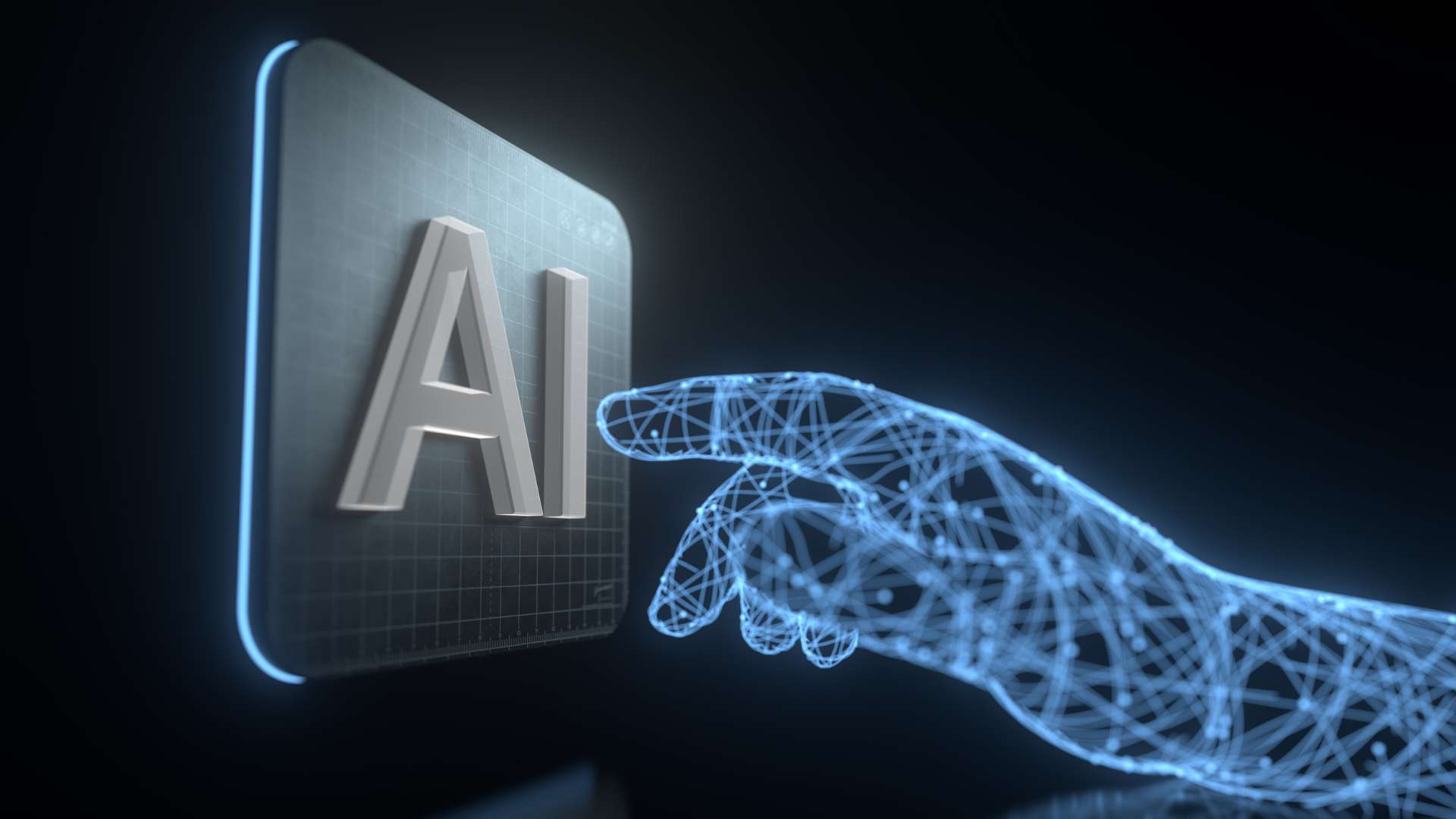Artificial Intelligence Infographic
As an expert in the field, I delve into the intricate world of artificial intelligence infographics. Artificial intelligence infographic (AI) has revolutionized various industries, and visual representations through infographics play a crucial role in simplifying complex AI concepts for broader audiences.
Infographics serve as powerful tools to communicate AI advancements effectively. Through visually appealing graphics and concise information, they aid in breaking down sophisticated algorithms and technologies into digestible bits of knowledge. These visuals not only educate but also engage viewers, making AI concepts more accessible to individuals with varying levels of expertise.
When exploring the realm of artificial intelligence infographic, one can witness how creativity meets technology. Design elements combined with data-driven insights create a harmonious blend that not only informs but also captivates audiences. As we navigate through this dynamic landscape, it becomes evident that these infographics are pivotal in demystifying the wonders of AI for all curious minds.
Understanding Artificial Intelligence Infographics
Artificial intelligence infographics are visual representations that help explain complex AI concepts in a simple and engaging way. These graphics use symbols, charts, and diagrams to convey information quickly.
When creating AI infographics, it’s crucial to strike a balance between aesthetics and clarity. The design should be visually appealing while ensuring that the content is easy to understand for all audiences.
One common approach in AI infographics is to use flowcharts to illustrate how AI algorithms work step by step. This method helps demystify the process behind AI decision-making, making it more accessible to those unfamiliar with the technology.
Another effective technique is the use of comparative visuals to show how AI impacts various industries or daily life. By juxtaposing before-and-after scenarios, viewers can grasp the transformative power of AI in a straightforward manner.
In summary, artificial intelligence infographics serve as powerful educational tools by simplifying complex information into digestible visual formats. When done right, these graphics have the potential to enhance understanding and spark curiosity about the possibilities of AI technology.
Key Components of an Effective AI Infographic
When crafting an AI infographic, several key components can enhance its effectiveness. Firstly, Clear Visual Representation is crucial. It’s essential to present complex AI concepts in a visually appealing and easy-to-understand manner. Utilizing charts, graphs, and diagrams can help convey information more efficiently.
Another vital component is Concise Information Delivery. In the realm of AI, where details matter, presenting concise yet informative content is paramount. Each element should add value without overwhelming the viewer with unnecessary data.
Additionally, Engaging Design Elements play a significant role in capturing the audience’s attention. Incorporating vibrant colors, relevant imagery, and modern typography can make the infographic visually stimulating and memorable.
Furthermore, Data Accuracy and Credibility are non-negotiable aspects. Ensuring that all statistics and information presented in the infographic are up-to-date and from reliable sources helps establish trust with the audience.
Lastly, Call-to-Action (CTA) elements can guide viewers on the next steps to take after engaging with the infographic. Whether it’s directing them to a website for further information or encouraging social media sharing, CTAs can drive desired outcomes.
In summary, an effective AI infographic combines clear visual representation, concise information delivery, engaging design elements, data accuracy and credibility, as well as strategic call-to-action elements to create a compelling narrative that resonates with viewers.
In wrapping up this exploration of artificial intelligence infographics, it’s clear that visual representations play a crucial role in simplifying complex AI concepts for broader audiences. Infographics serve as powerful tools to convey information efficiently and engage viewers effectively. As technology continues to advance, the demand for easily digestible content grows, making infographics an invaluable asset in the realm of AI communication.
When considering the future of AI infographics, it’s essential to stay abreast of emerging trends and technologies shaping the field. Incorporating interactive elements, data visualization techniques, and storytelling approaches can enhance the impact of AI visuals. By leveraging these innovative methods, creators can craft compelling narratives that resonate with diverse audiences across various platforms.
